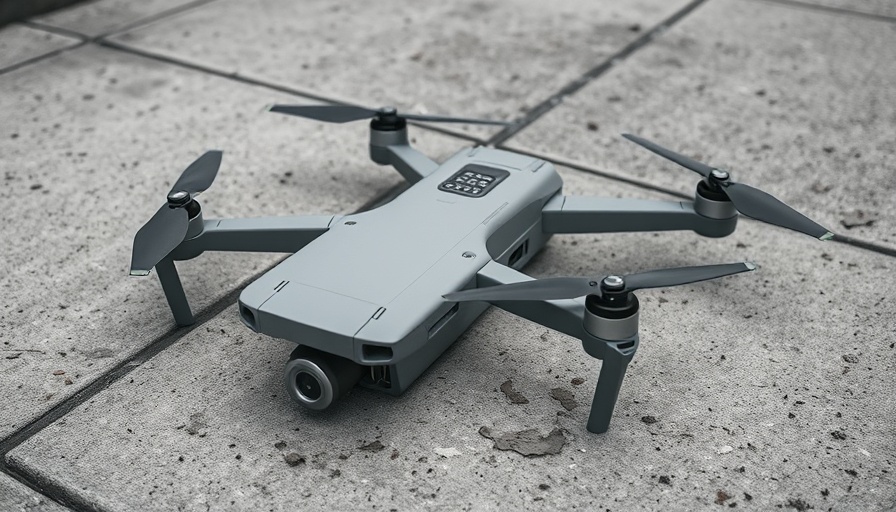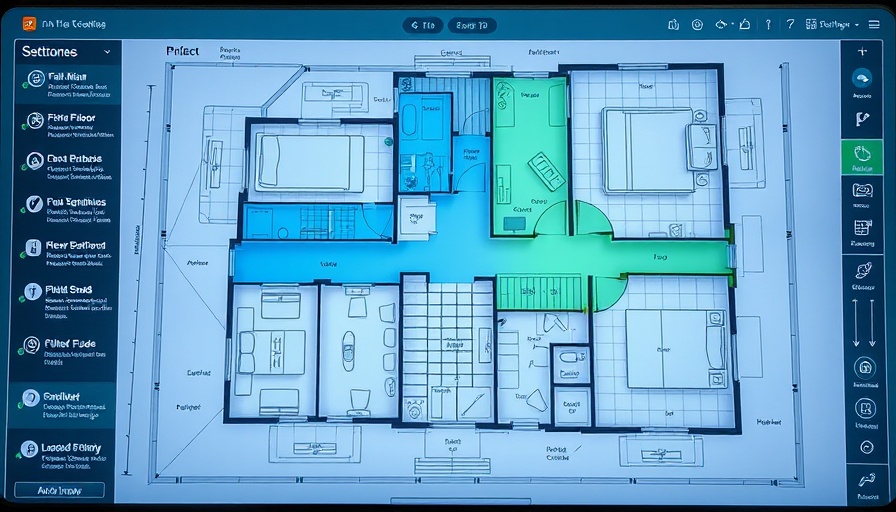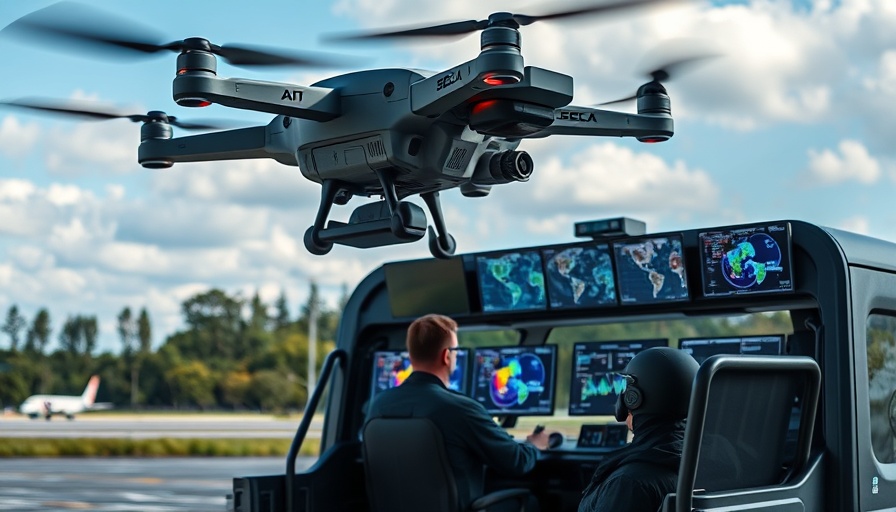
Understanding the Legal Responsibilities After a Drone Crash
For drone operators, a crash can feel like an overwhelming experience, filled with confusion regarding the legal implications and reporting requirements. It’s essential to know what to do immediately following an accident, as not reporting can lead to significant legal repercussions. For Part 107 pilots, failure to file an FAA accident report within ten days for qualifying incidents can result in penalties. Understanding when to call the National Transportation Safety Board (NTSB) is equally crucial, especially in incidents involving serious injuries or fatalities.
In 'How to Report a Drone Accident', the discussion dives into crucial reporting protocols following a drone crash, exploring key insights that sparked deeper analysis on our end.
What Counts as a Serious Injury?
Defining a serious injury in the context of drone accidents is vital for determining your reporting obligations. Generally, serious injuries include hospitalization for longer than two days, severe lacerations requiring stitches, or any injury that results in a significant impairment. Knowing this distinction can help you swiftly assess whether you need to involve the NTSB or other authorities, ultimately influencing how you handle your next steps.
Navigating Reporting Options: FAA, NTSB, and NASA
The path forward after a drone crash largely depends on the severity of the incident. For Part 107 pilots, a crash causing injury or over $500 in damages necessitates an FAA report. However, recreational pilots face less stringent requirements. Involving the NTSB immediately (if injuries are serious) ensures that you’re complying with national safety standards while protecting your interests.
If you believe you’ve committed a breach of FAA regulations but no physical harm occurred, a NASA safety report might be your best option. This process serves as both a shield against possible penalties and a stepping stone for improving safety practices within the drone community.
Why Timeliness Matters in Reporting
Timeliness is a significant factor in all reporting aspects. Both FAA and NASA require reports to be submitted within ten days post-incident. Delays can lead to complications in your protection, especially if the FAA learns about the accident through another source. By being proactive, you not only safeguard yourself but also contribute to the broader knowledge pool that helps enhance drone safety.
The Bigger Picture: Safety in the Drone Community
Whether you fly drones for recreational purposes or professionally, understanding these reporting protocols helps reinforce safety measures in the entire drone community. Involving yourself in the reporting process, even for minor incidents, aids in better regulation and establishes a culture of transparency and accountability among drone operators.
Final Thoughts: Encouraging Responsible Drone Operation
As drone technology continues to advance and become an integral part of our day-to-day lives, being informed about accident reporting protocols is essential for every operator. By understanding the nuances between FAA, NTSB, and NASA reporting, you can navigate the complexities of drone crashes more effectively. For those looking to gain insights into the future of drone operation and safety regulations, staying abreast of these procedures will serve you well.
 Add Row
Add Row  Add
Add 




Write A Comment